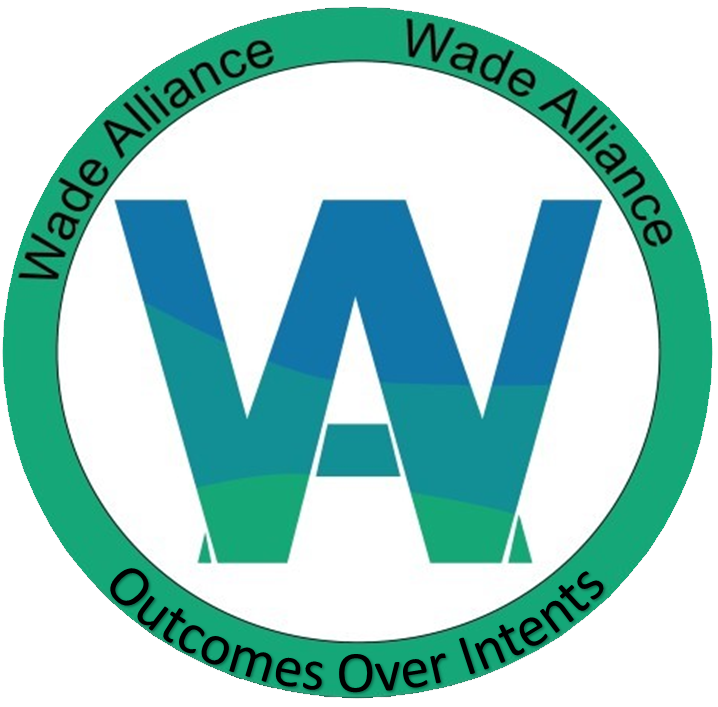Communication Barriers
The fastest way to break through a communication barrier is to ask a question.
We rely on our ability to communicate, but most of us believe that the skills we already possess are sufficient. When sharing a message by text or arguing a position in person, we assume that the majority of what we communicate is understood. We employ questions like, “you know?” or “right?” as a mild attempt to gauge understanding, but the question is rhetorical. There are dozens of techniques designed to improve communication. These are the four foundational steps we recommend:
- Encourage active listening.
The ability to focus on the person talking without formulating your response or your next point requires both practice and effort. An active listener uses verbal and non-verbal cues to let the speaker know that they are engaged.
- Establish common ground.
The lifeblood of situational comedies is misunderstanding. When two people are discussing two different issues but believe they are on the same page, there is a communication barrier. Effective communication utilizes the common ground of vocabulary and context. The vocabulary of an engineer is different than that of a sommelier, and sound bites can be misunderstood without context.
- Eliminate power differentials.
The larger the gap in social, administrative or physical power the more effort is required for two-way communication. The military is the perfect example. When a general and private communicate, the higher ranking officer is rarely looking for anything beyond superficial information; the lower ranking person is fearful of embarrassing themselves or their unit.
- Emphasize the issue not the emotion.
Emotions cannot be completely eliminated from the discussion, and experiences change feelings. Emotions can and often should be acknowledged, but the effort during the communication should always focus on the issue. If hurt feelings arise because of pay or recognition, the solution is to address the issue, not the expression of the hurt feelings.
Use these basics in addressing communication barriers in your organization. If you need help that goes beyond the fundamentals, the Wade Alliance
is available to work with you in addressing the barriers in your environment.




